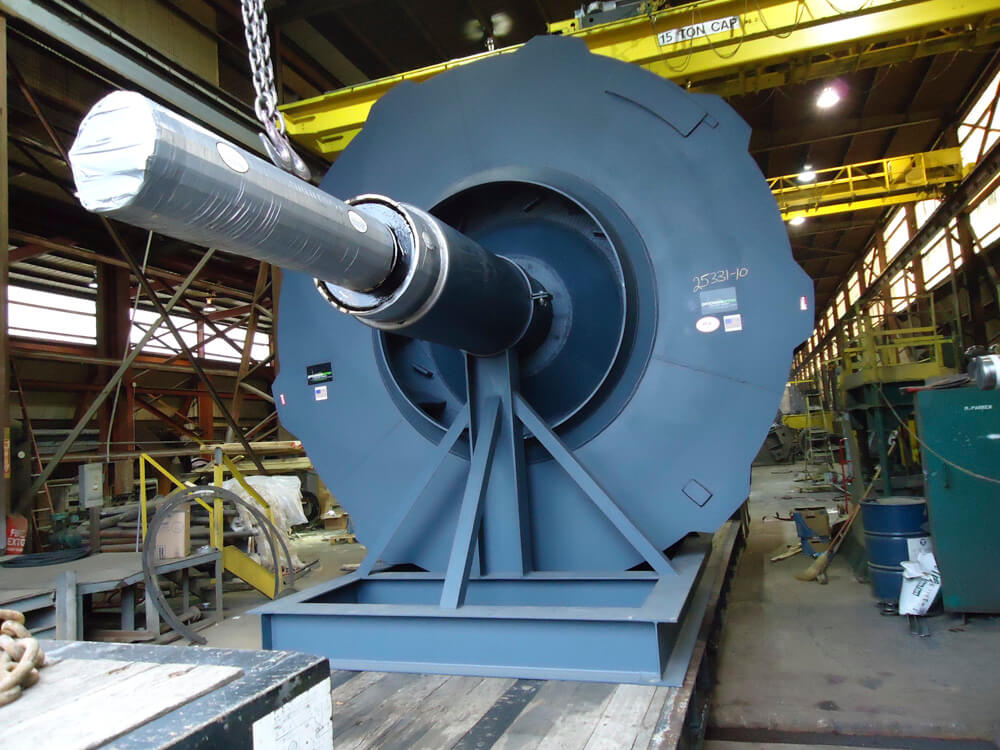A power plant’s air handling system has a lot to do with the facility’s overall efficiency. Mechanical draft fan efficiency is a big part of the system’s performance; whenever these vital elements are compromised or inefficient, total plant performance suffers.
ProcessBarron was contracted by a client to take a look at a generating station’s mechanical draft fan configuration – specifically, two aging fans that had approached and passed the point of needing retrofits.
Testing revealed that at least one of the fans was being inefficient, to the tune of 55.2 percent efficiency that resulted in costs of just over $82,000 per inch of pressure loss each year (at a rate of 207 horsepower per inch of lost pressure).
There were two options:
- Do a one-for-one, in-kind swap: This option would have us simply swap out the current aged model for a newer version of the same model.
- Retrofit the current system by replacing the aging fans with newer fans of a different, optimized design.
The first option wasn’t optimal. Doing so would just result in the same inefficiencies that were there with the present design. Some of the inefficiency was due to the age of the fans, but most of it was due to the design itself, so just swapping out one for the other – even a newer one – wouldn’t fix the problem.
After an evaluation, we decided that a mechanical draft fan retrofit was preferable. Data analysis suggested that a new airfoil fan could be constructed with the same diameter (137 inches) but with different blade width and pitch.
Including design, manufacturing, and installation, the cost of this retrofit was comparable to the in-kind replacement. However, higher efficiency meant that the plant would consume less power (7,714 megawatt hours per year).
The result was clear: after the retrofit was installed and put online, the plant’s air handling system became more streamlined and efficient. Over the next 12 months, the client saved over $459,000 on an annualized basis – which equals break-even ROI in under a single year.
More information about this project can be found here.


